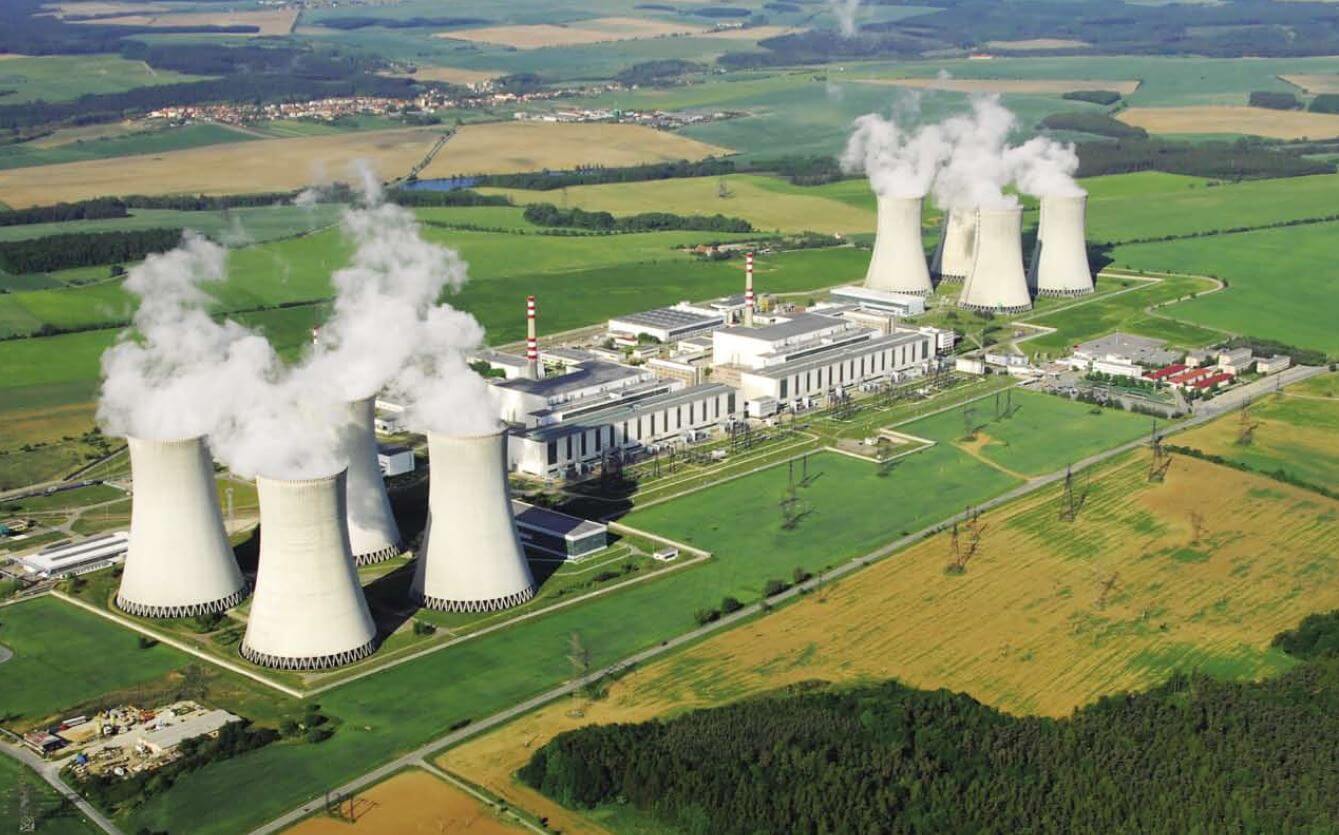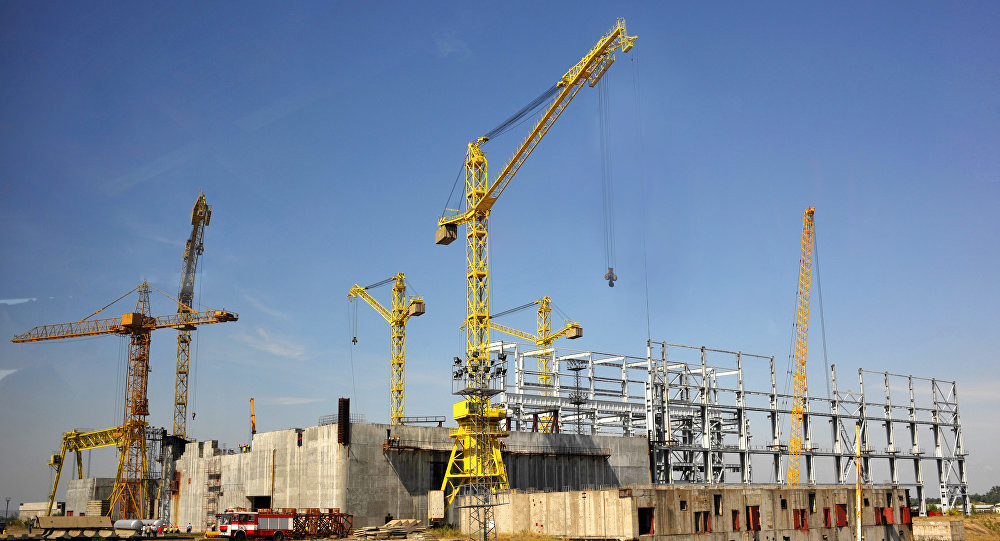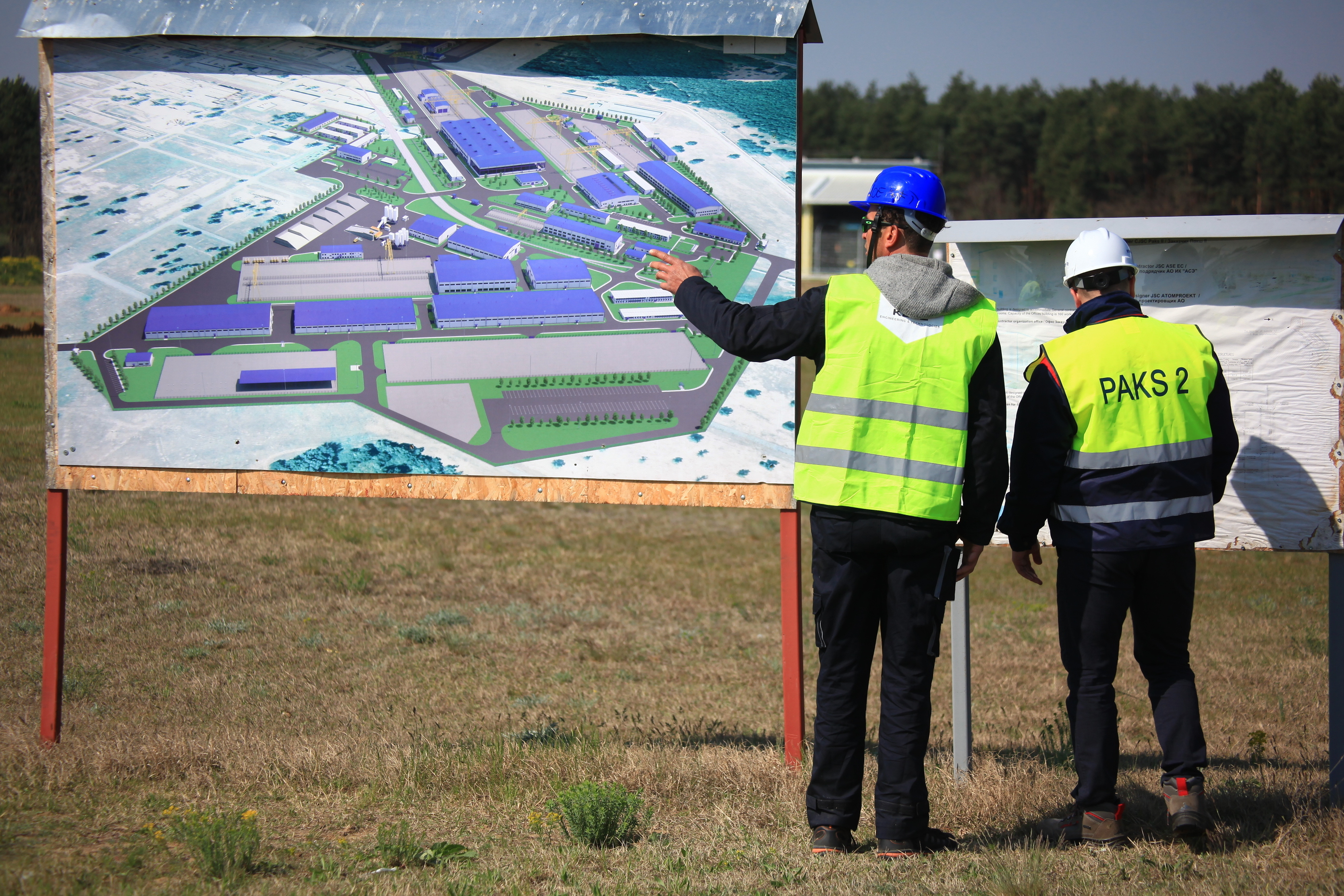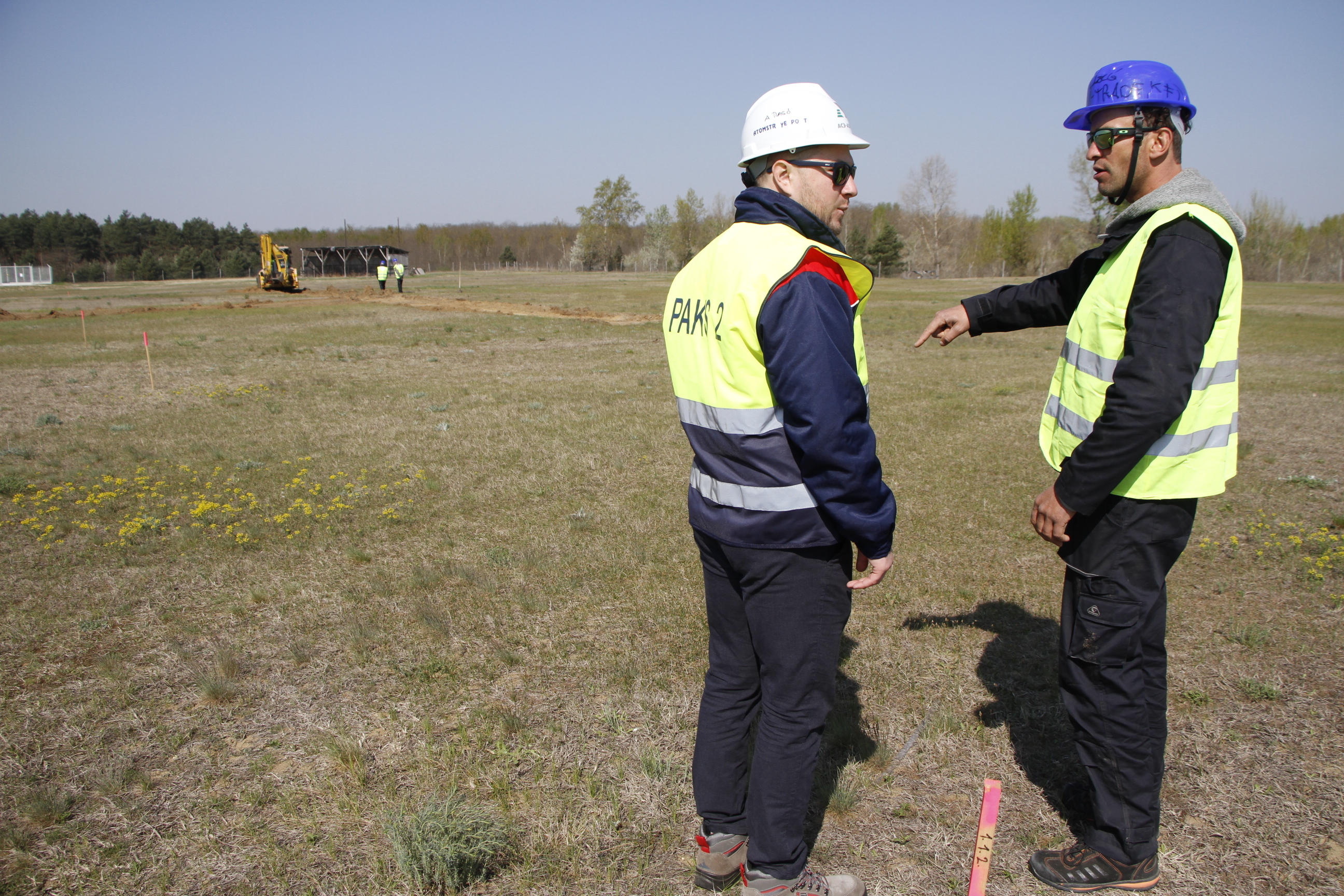
At the Heart of Europe’s Nuclear Industry
back to contentsCzech Republic
TVEL is carrying out durability tests on a dummy fuel assembly RK 3+ for VVER-440 reactors. The tests were commissioned by the state-owned Czech energy company ČEZ operating the Dukovany and Temelin power plants. They are conducted at the facilities of OKB Gidropress (part of Rosatom’s engineering division Atomenergomash).
The new modification differs in an increased distance between fuel rods in the assembly and absence of a duct, which is replaced with a framework structure with gussets. Cross-section enrichment profile of the fuel assembly has also been optimized.
Durability tests are part of an extensive testing program aimed at studying properties of the new assemblies. The goal of testing is to assess mechanical durability of fuel assembly components in the conditions closest to reality. The durability tests were preceded by hydrodynamic tests aimed at assessing hydraulic resistance of the fuel assembly. The next step will be vibration testing. Simultaneously, researchers are preparing a safety case for the use of RK 3+ fuel assemblies at the Dukovany NPP. TVEL plans to complete the tests in late 2020 or early 2021. The entire process of licensing the introduction of the RK 3+ fuel assembly at the Dukovany NPP is planned to be completed by the end of 2021.
The purpose of modifications is to extend the refueling interval. The extended interval will bring down refueling costs and make the overall operation of the nuclear power station more cost efficient. Another advantage of the modified fuel assemblies is the possibility of increasing Dukovany’s heat generation capacity. The Czech nuclear station has been running on Russian fuel since the very beginning of its operation.
Bulgaria
Rosatom signed memorandums of understanding with Framatome SAS and GE Steam Power to cooperate in bidding for the strategic investor role in the Belene NPP project in Bulgaria.
The procedure of selection a strategic investor for Belene was launched in May 2019. In August of the same year, Rosatom filed an application to participate in the procedure. The short list of candidates for the strategic investor role also includes China National Nuclear Corporation (CNNC) and Korea Hydro & Nuclear Power Co. (KHNP).

If Rosatom becomes a strategic investor of the Belene nuclear power plant, General Electric will be considered as a potential supplier of the turbine island equipment, including Arabelle steam turbines. Framatome SAS will be considered as an instrumentation and control (I&C) technology vendor.
“The memorandums we have signed testify to an invariably high level of trust between our companies. We are confident that collaboration between global leaders in nuclear technology will create optimal financial and technical conditions for the Belene project to come into reality,” Kirill Komarov, Rosatom’s Deputy Director General for Corporate Development and International Business, said.
Belene is not the first example of cooperation between the three companies. Framatome SAS is a supplier of I&C systems for Paks II in Hungary and Hanhikivi 1 in Finland. General Electric, in a joint venture with Atomenergomash (Rosatom’s engineering division), is a supplier of the turbine island equipment for the Akkuyu nuclear power plant in Turkey and El Dabaa in Egypt.

Hungary
On June 30, Paks II Ltd., an owner of the same-name nuclear power plant project, filed an application with the Hungarian Atomic Energy Authority (HAEA) for a construction license.
The application contains a safety assessment report, a set of supporting documents describing the VVER-1200 technology, and earlier obtained licenses, including the environmental license. The Hungarian regulator has 12 months to analyze the documents, to be followed by three more months of an independent assessment by the IAEA experts. During this period of time, the HAEA will study the application and, if needed, request additional documents and information. While the application is being considered, Atomstroyexport will develop construction engineering documents for the project and build a construction yard. Preparatory works on the site are expected to start in 2021. First, workers will dig a foundation pit and then stabilize the soil under main facilities because the Paks II construction site is located not far away from the Danube.
Paks I four units (each VVER-440) generate up to 50% of electricity in Hungary, but all of them will be put out of operation in the 2030s. Two units of Paks II will replace the retiring capacity and increase the share of carbon-free energy up to 60% of the national energy mix. At present, some of the electricity consumed in Hungary is imported from neighboring countries. New generation capacity will make Hungary less dependent on energy imports.
Paks II is a good example of international cooperation in nuclear projects. As said above, machinery and equipment for the turbine island will be supplied by GE, while I&C systems will be supplied by a consortium of Framatome and Siemens.
Nuclear engineers from the Czech Republic, Bulgaria and Hungary have gained much experience in working with their Russian colleagues. International cooperation has always been an integral part of the Soviet/Russian civil nuclear policy (for details see the Cooperation Timeline below). This year, Rosatom celebrates the 75th anniversary of the Russian nuclear industry.

Cooperation Timeline
- 1957— Czechoslovakia commissions its first research reactor VVR-S (now LVR-15) in Řež near Prague (now Czech Republic) with support from the Soviet Union. The first self-sustaining nuclear chain reaction is initiated in the country.
- 1958— Czechoslovakia begins the construction of the first nuclear reactor KS-150 at Bohunice Unit 1 (now Slovakia) with input from the USSR. The design of KS-150 was developed jointly by Czechoslovakia and the Soviet Union.
- 1959— Hungary commissions a Soviet-designed 2 MW VVR research reactor in Csillebérc (Budapest) with input from Soviet engineers.
- 1961— Bulgaria starts up a 2 MW research reactor IRT-Sofia built with support from the Soviet Union. The reactor achieves its first criticality.
- 1970— Construction of a nuclear power plant begins at Kozloduy (Bulgaria) with support from the Soviet Union. The plant has Soviet-designed VVER-440 reactors.
- 1974— Construction of a nuclear power station begins at Dukovany (Czechoslovakia) with support from the Soviet Union. The plant has four Soviet-designed VVER-440 reactors.
- 1974— Construction of an 800 MW nuclear power plant begins at Paks (Hungary) with support from the Soviet Union. The plant has Soviet-designed VVER-440 reactors.
- 1981— Construction of a nuclear power station begins at Temelin (Czechoslovakia) with support from the Soviet Union. The plant has two Soviet-designed VVER-1000 reactors.
- 2014— Rosatom and Hungary sign an agreement to build two Russian-designed VVER-1200 reactor units at Paks II.




